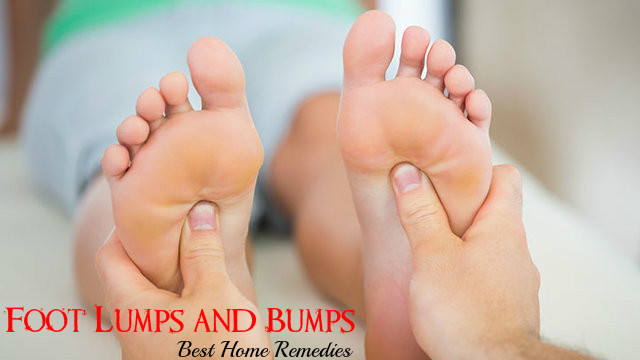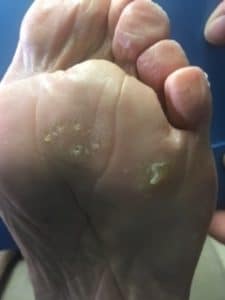

Calluses can also be caused by improperly fitting shoes or skin abnormality. What causes calluses?Ĭalluses are caused by an uneven distribution of weight, generally on the bottom of the forefoot or heel. Some degree of callus formation on the sole of the foot is normal. Calluses generally occur on the surface under the foot. Calluses What are calluses?Ĭalluses are a build-up of hard skin, generally beneath weight bearing bony surfaces. Corrective surgery involves removing internal pressure by removing a piece of the bone or changing the position of the bone so corns do not form. When other treatments have not been successful, surgery may be recommended. Medications may also be prescribed to treat corns. Do not use over-the-counter remedies to dissolve corns.Ĭorns may be treated by wearing shoes with increased height or width in the toe area and using cushioned pads and insoles. Instead, soak your feet first in lukewarm, soapy water and then use a pumice stone to gently remove the build-up of tissue.

If you have a corn, do not try to cut it or remove it with a sharp object.

Wash your feet every day with mild soap and lukewarm water.Although this may relieve discomfort, it is still recommended that you call a doctor. Then apply an antiseptic and bandage the area. If you suspect an infected toenail, soak your foot in a solution of lukewarm water and salt, or lukewarm soapy water.If you notice blisters, cuts, scratches or other sores, care for them immediately. Examine the tops and bottoms of your feet each day.Prior injury to nail, which can predispose nail to fungal infection.Dark, moist, warm environment of shoes, which promotes fungal growth.The nail may be discolored (yellowish-brown or opaque), thick, brittle, and separated from the nail bed. Mycotic nails are nails that become infected with a fungus. Continuing to care for your nails properly and wearing well-fitting footwear can help you prevent ingrown nails from recurring. Ingrown nails may be corrected with surgery by removing part of the toenail and growth plate. If self-care measures are unsuccessful or if you have a nail infection, you may need a doctor's care. To relieve discomfort from ingrown toenails, soak your foot in a solution of lukewarm water and salt or lukewarm soapy water. After clipping, smooth toenails with a file or emery boardįollowing the preventative steps above can help you avoid the need for treatment.Do not round off the corners of toenails or cut down on the sides of the nails.Trim toenails with a nail clipper straight across, slightly longer than the end of the toes.Cut your toenails after bathing, when they are soft.Repeated trauma to the feet from normal activities (such as running, walking or doing aerobics).Ingrown toenails are most commonly caused by shoe pressure. The edge of the nail may cut into the skin, causing redness, swelling, pain, drainage, and infection. Ingrown nails cause pressure and pain along the nail borders. Ingrown nails, the most common toenail problem, occur when the nail borders curve into the soft tissue of nail grooves.


 0 kommentar(er)
0 kommentar(er)
